‘From Muddy Roots, Beauty Grows’ – online exhibition
‘From Muddy Roots, Beauty Grows’ is a group exhibition that brings together 4 artists who reflect on the unique, collective experience of living through the COVID-19 pandemic. Through this new lens, the artists re-examine themes of home and family, consumption and possession, the natural world and social connection.
‘From Muddy Roots, Beauty Grows’ includes paintings and photographs that reflect the preoccupations of each artist during this unprecedented time.
This community exhibition features artworks from Lauren Ottaway, Amanda Lazar, Joy Mackey and Katherine Oleinikov.
Lauren Ottaway uses the lotus flower as an analogy for the human spirit triumphing over this period. With its roots in muddy waters, a lotus plant can still produce a beautiful flower.
Amanda Lazar explores the intimate world of isolation through a series of small paintings, many of interiors.
Joy Mackey presents large-scale, semi-abstracted paintings, and wonders if the pandemic offers us an opportunity to reconsider our consumption of resources and environmental impact on the planet.
Katherine Oleinikov’s photographs celebrate pre-COVID times, through lively depictions of community life.
Lauren Ottaway
Coronavirus (COVID-19) has revealed to us our existential ‘mud’: how we engage in our lives, our resilience, our sources of hope, our shadow selves. These lotus portraits are situated at the nexus of social connectedness and the natural world; the life cycle of the flower is engaged as an analogy for the human condition.
Deeply rooted in mud, the lotus explores themes of grief and loss, metamorphosis, courage and resilience, and the ecosystem connecting us all.
Each work bloomed from ‘mud’: layers of hand-crushed pigment mixed with glue and water layered over time, imbuing the work with temporality, dimensionality and transformation.

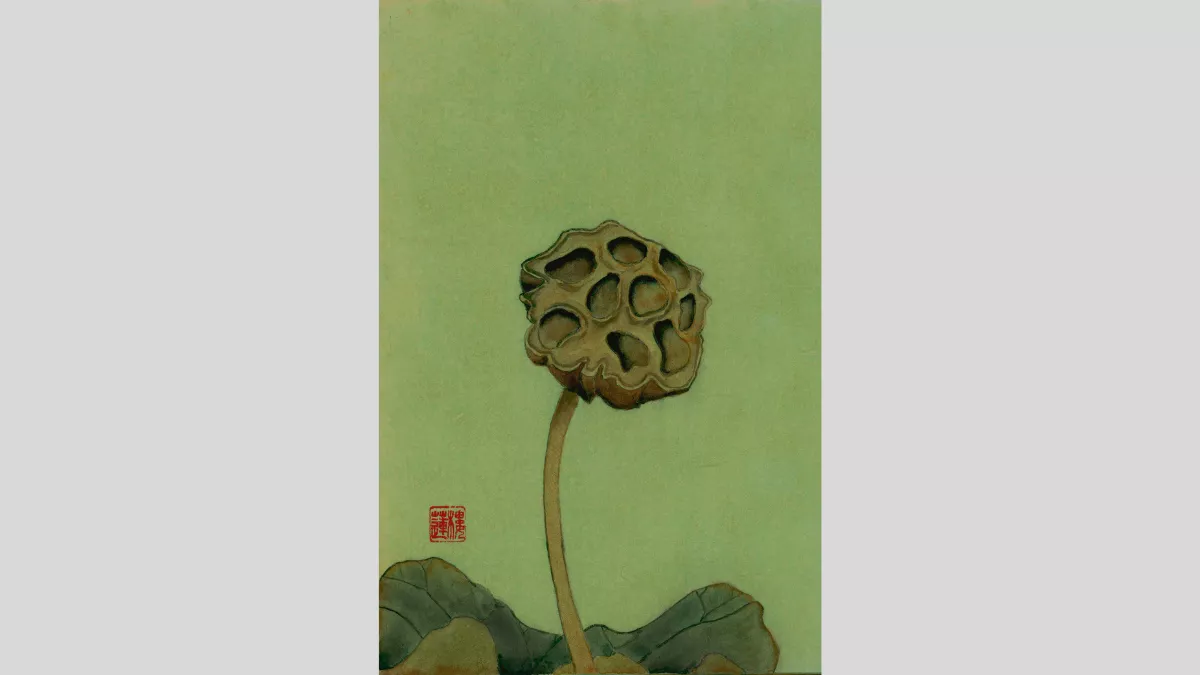
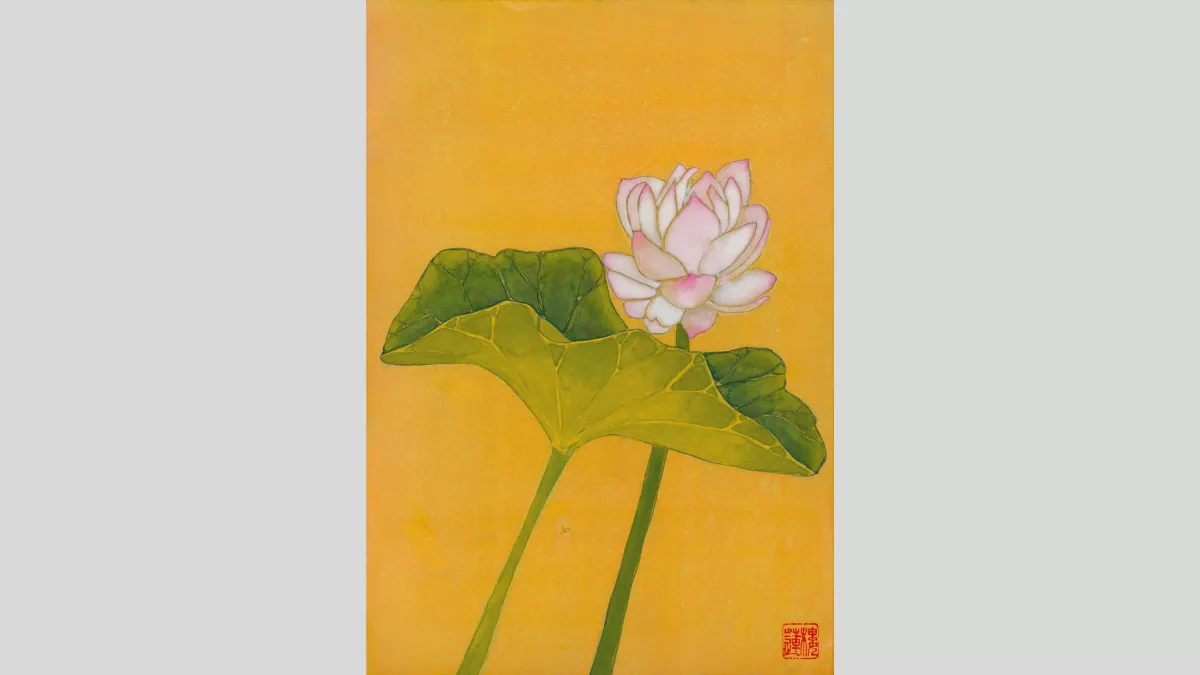
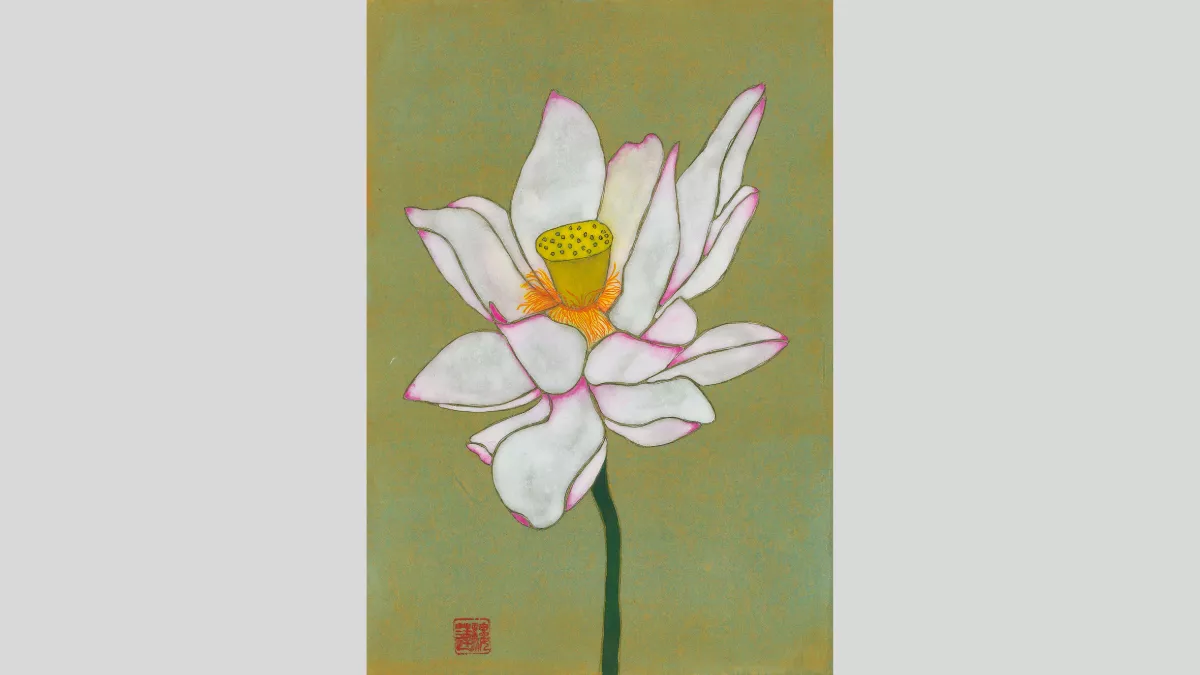
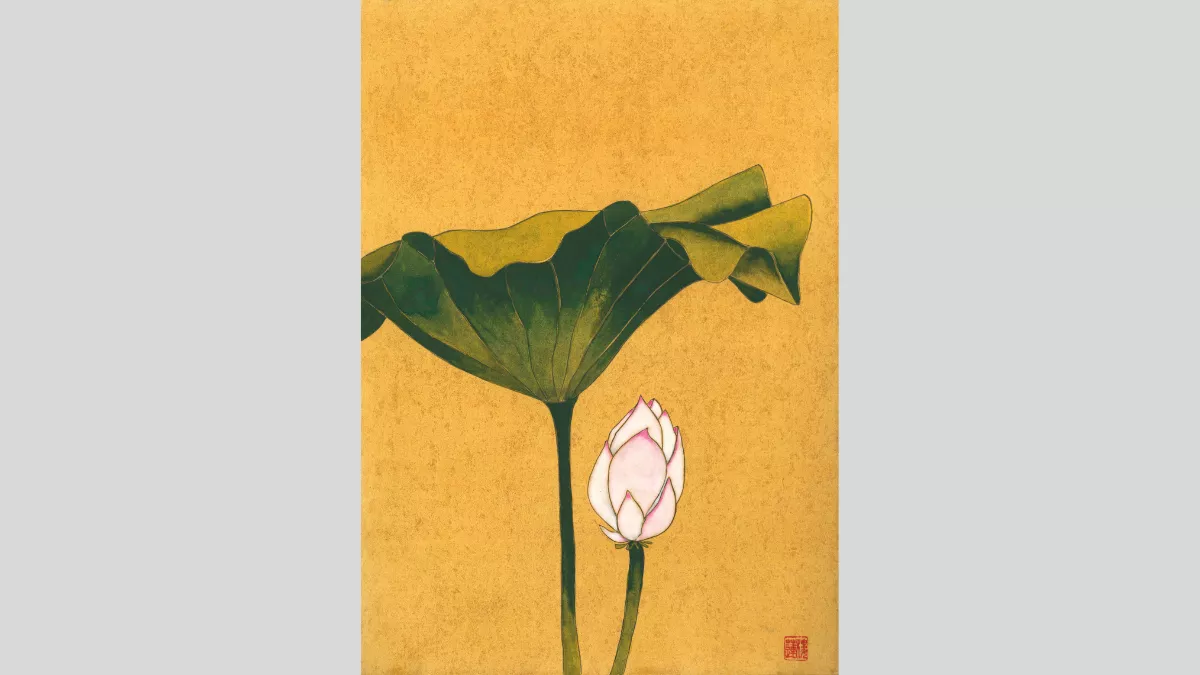

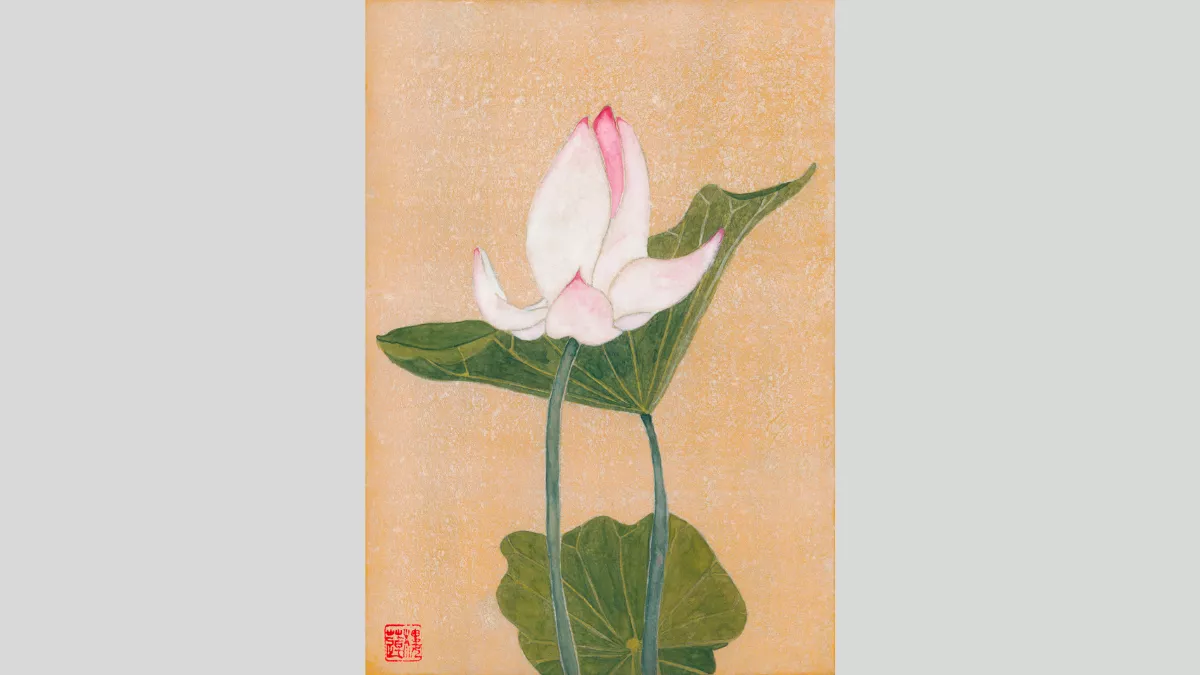

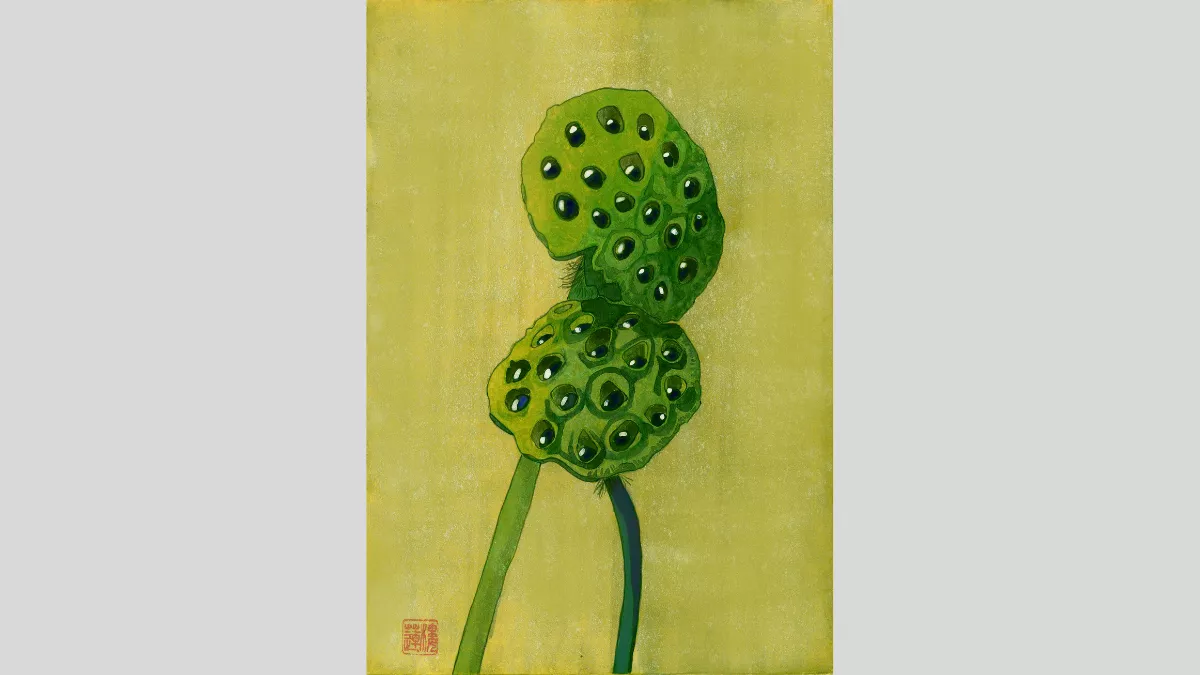
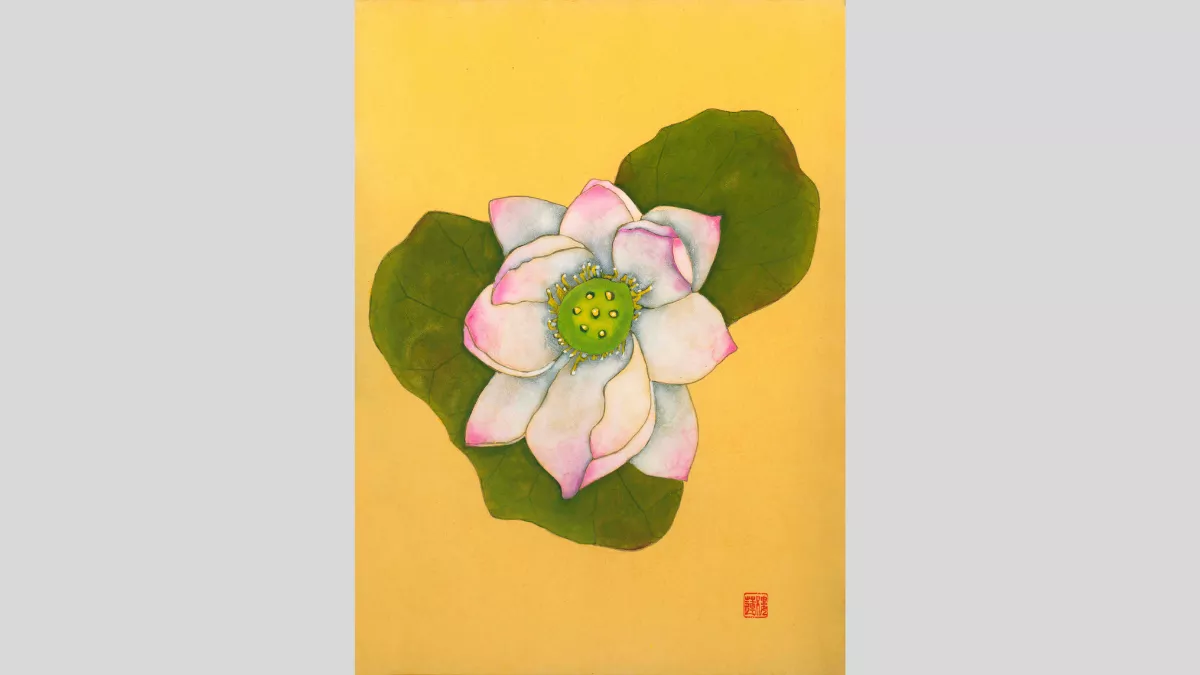
Amanda Lazar
Amanda shares her thoughts about this body of work through her artist statement: "My paintings were inspired by the experience of being in lockdown and my observations of people and behaviours during the first year of the pandemic. These were days when local parks filled with people escaping for an hour of exercise (often in the company of newly purchased dogs), communication was maintained by phone and Zoom and mask-wearing was adopted slowly – and sometimes disputed. At home, we reviewed our surroundings, re-purposed rooms for schooling and hobbies and made resolutions to do tasks we didn’t get around to."
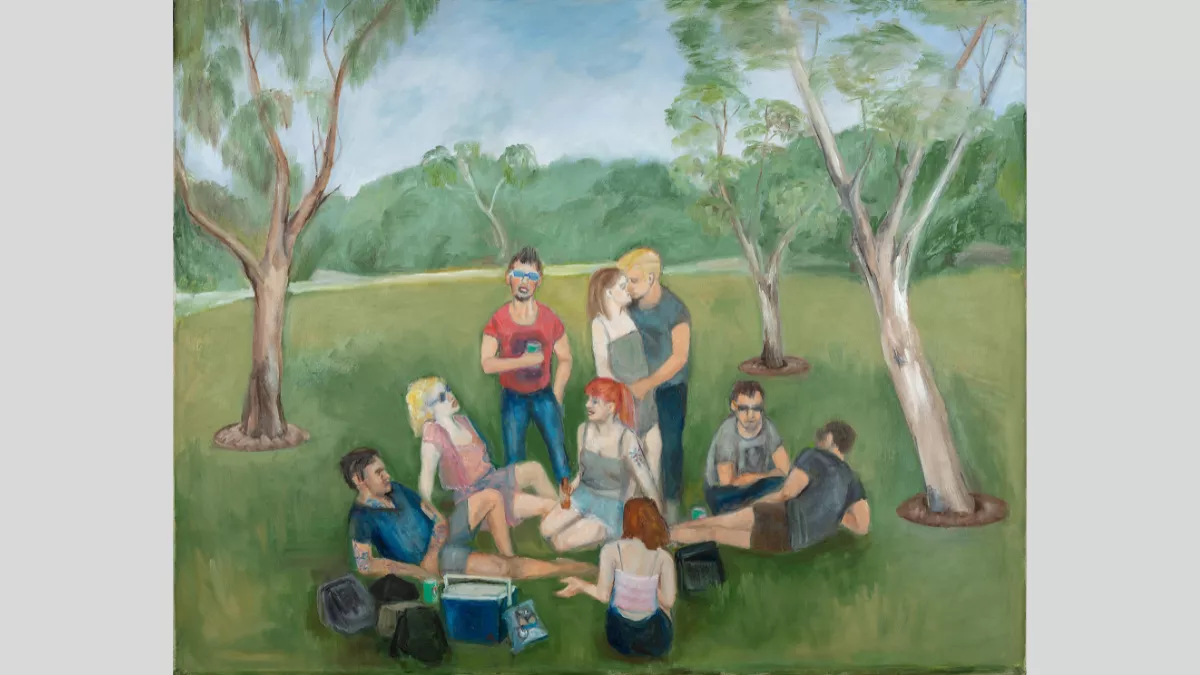
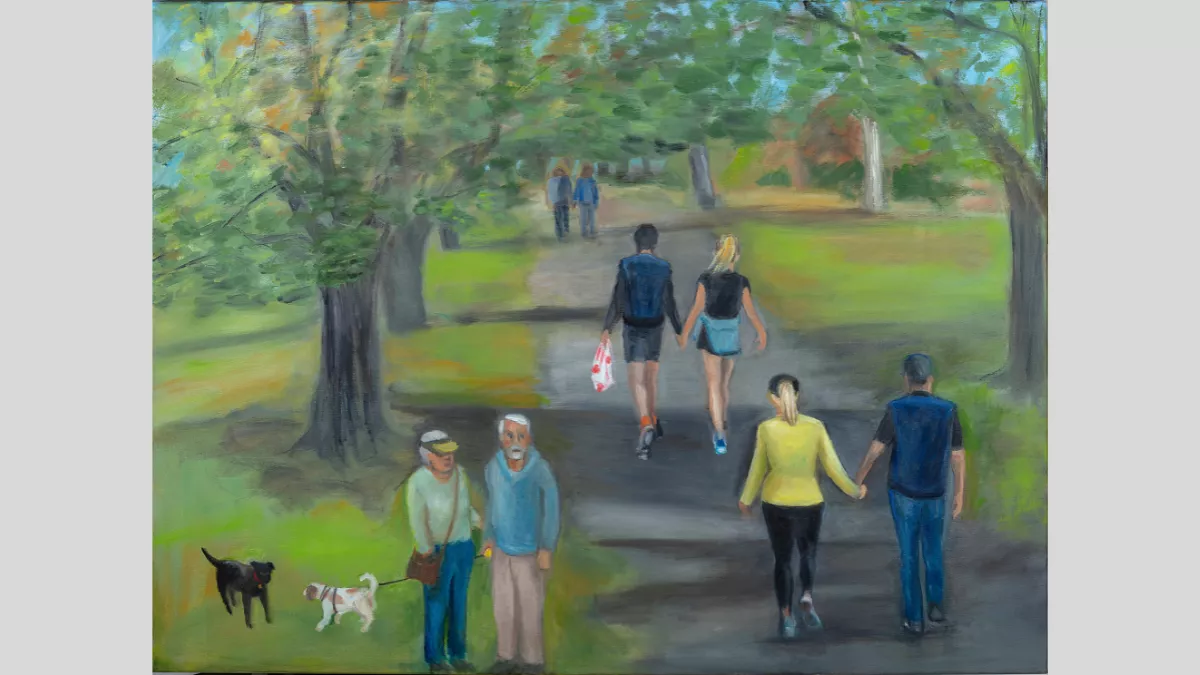
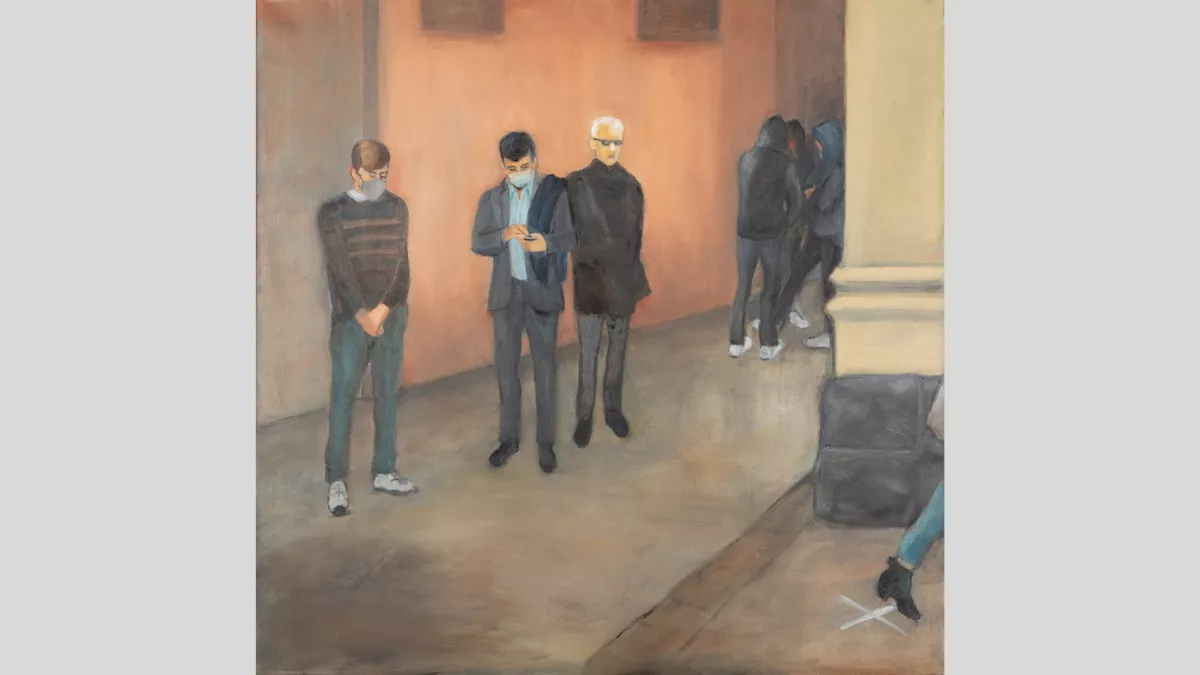
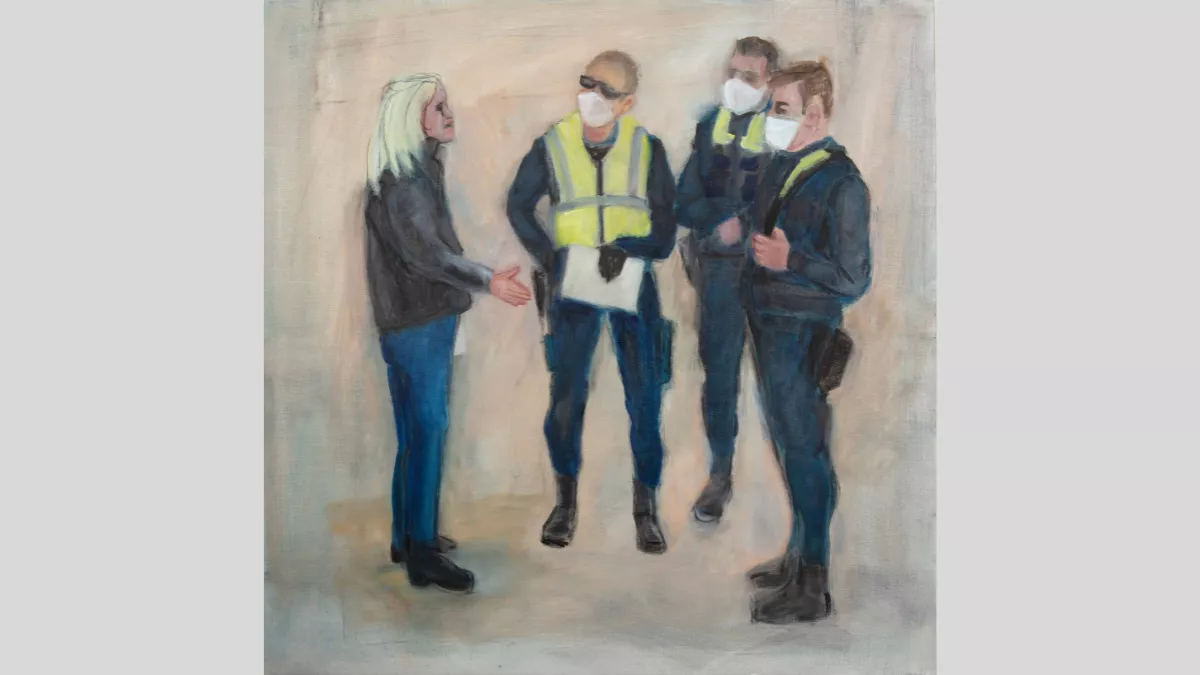
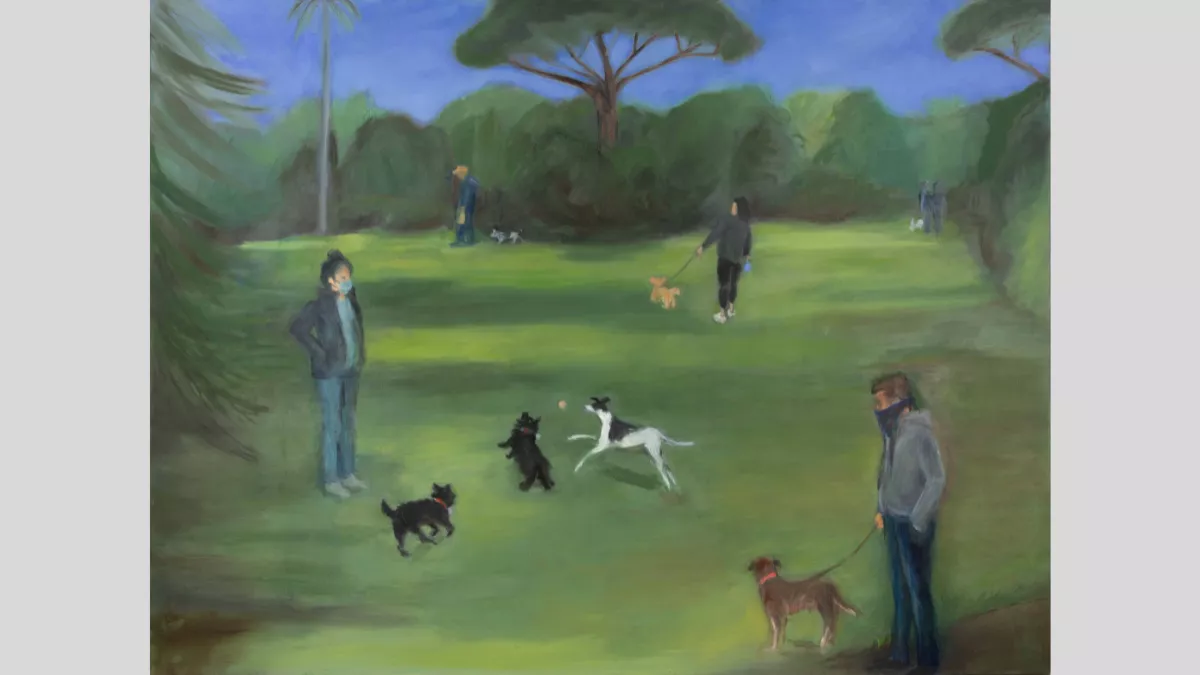
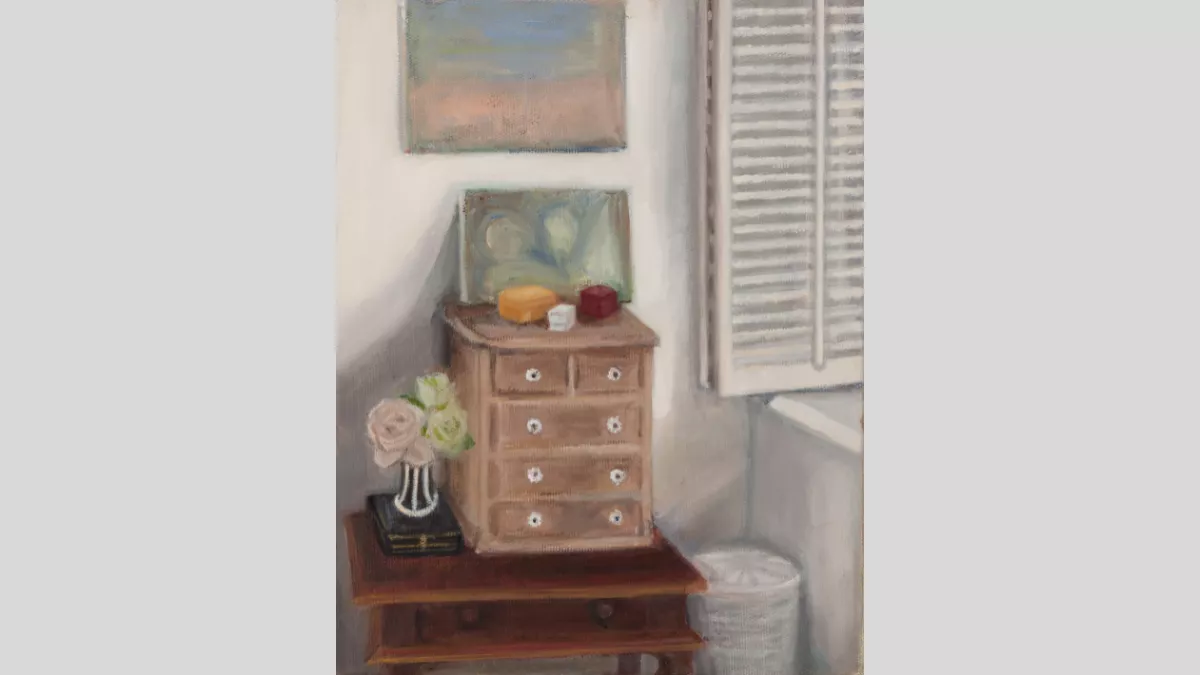
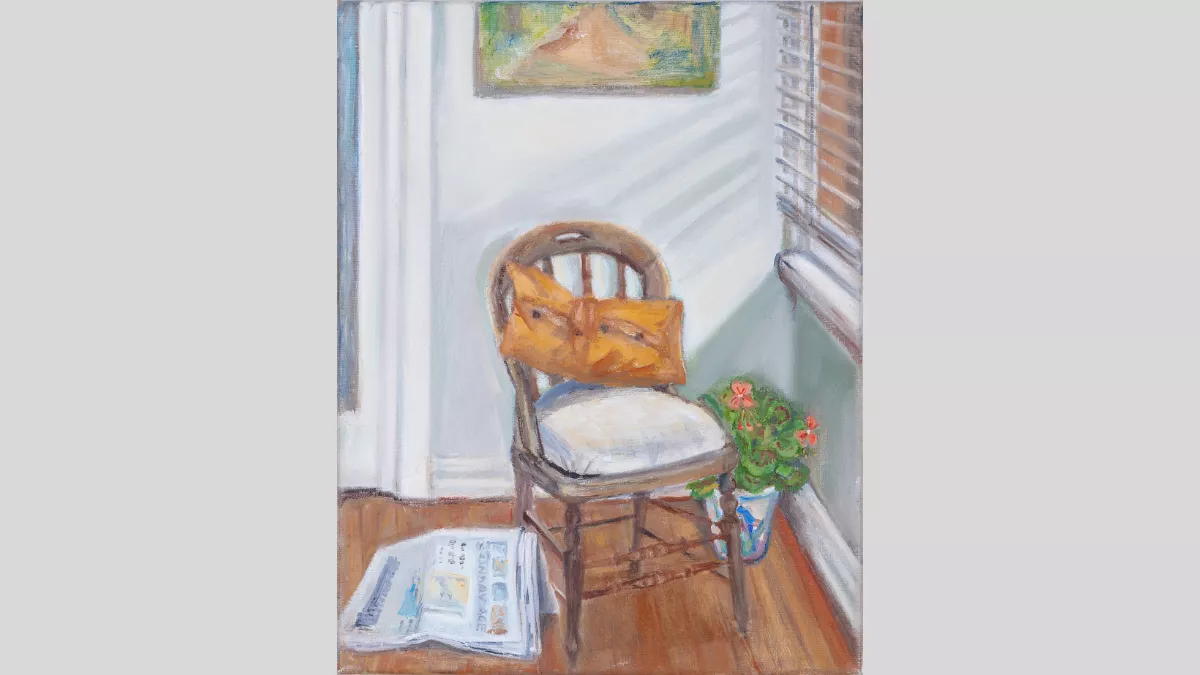
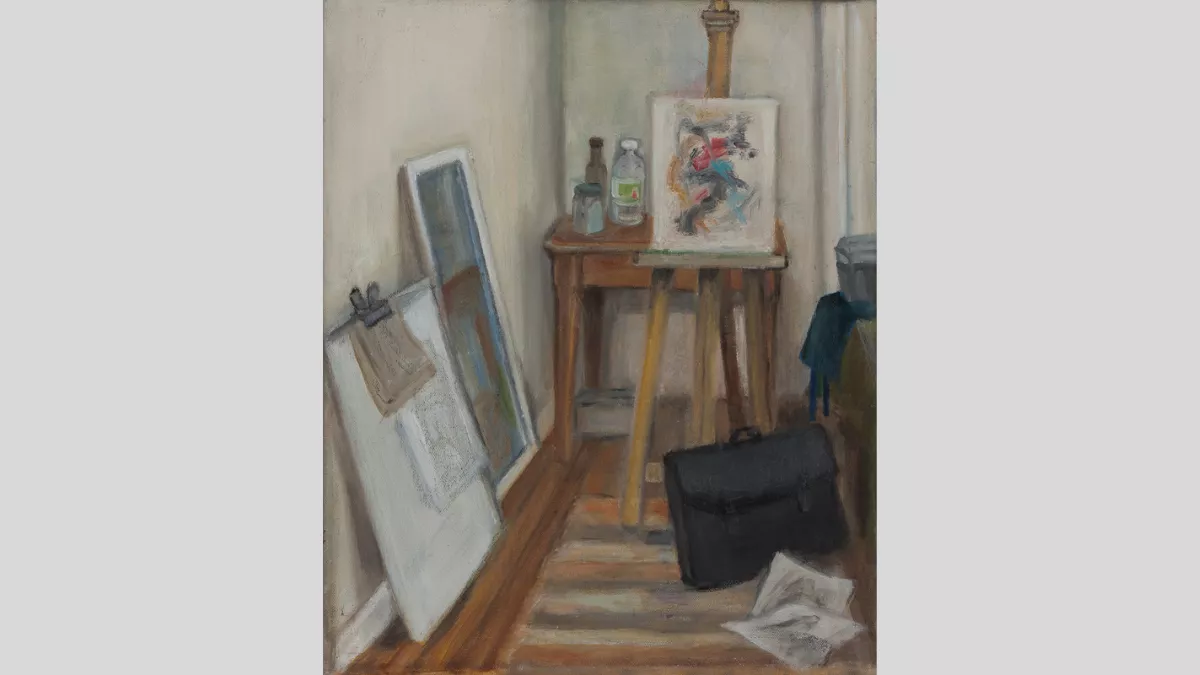
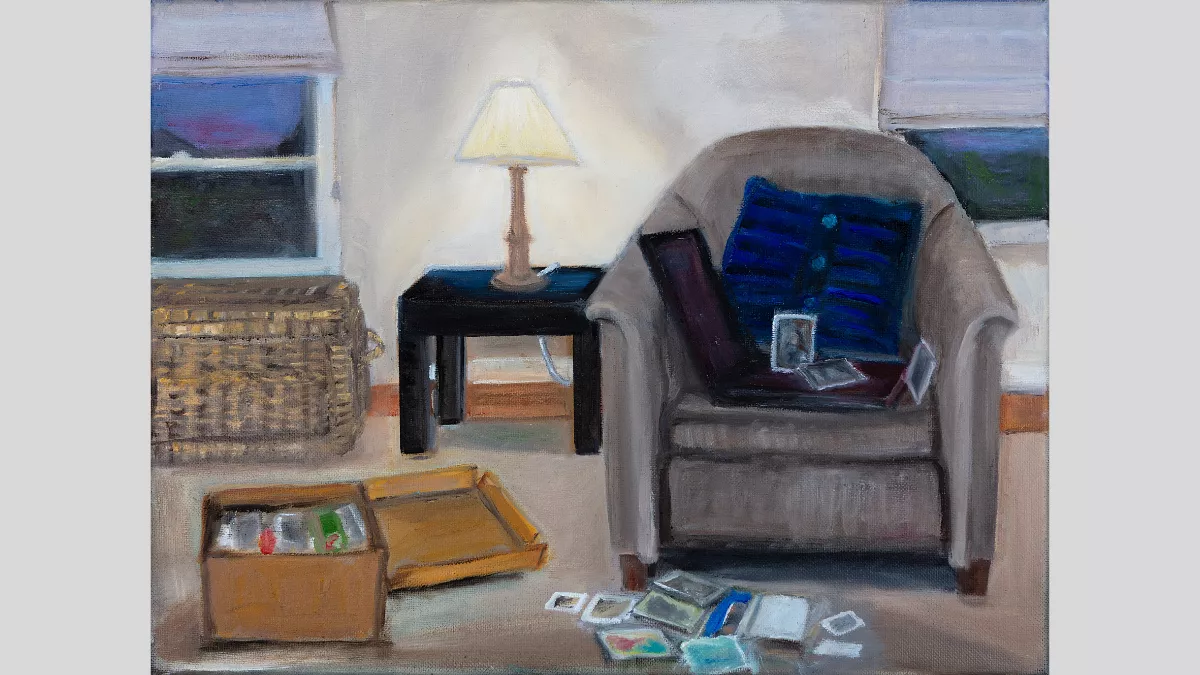
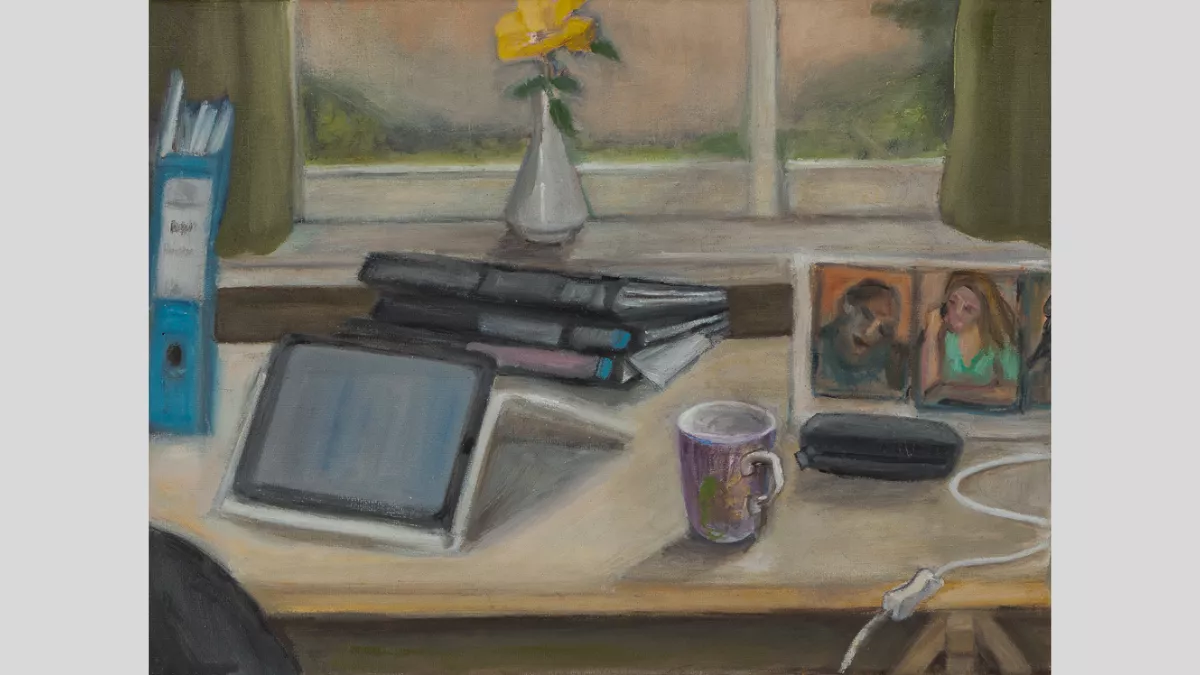
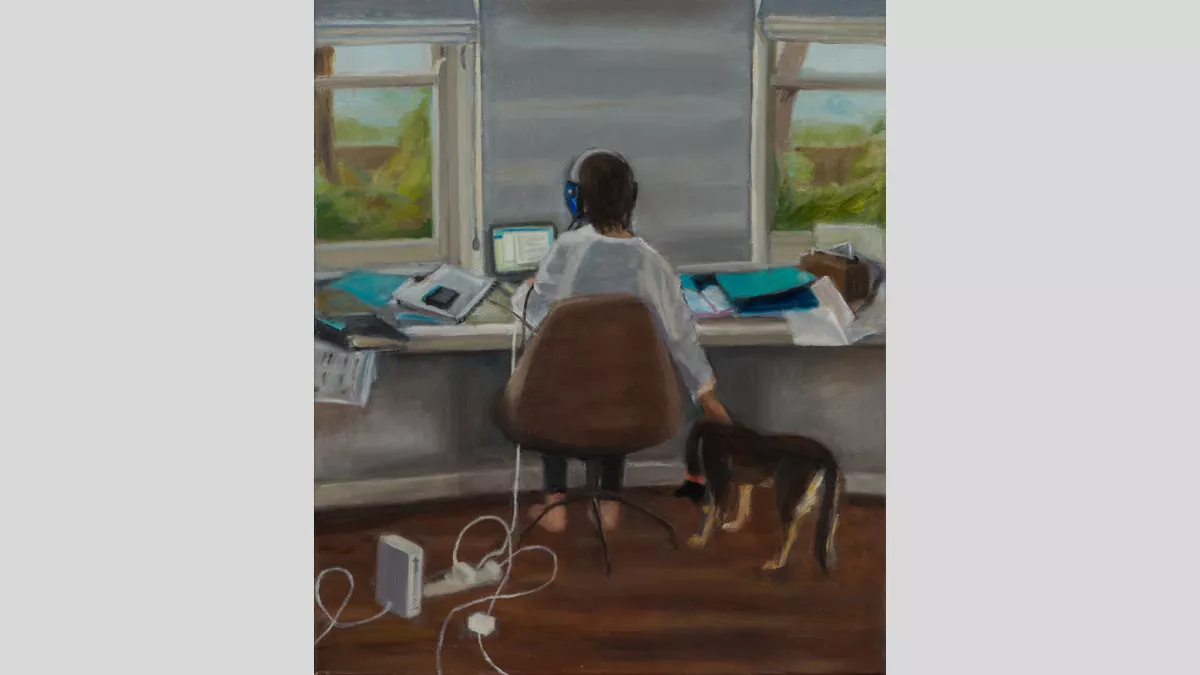
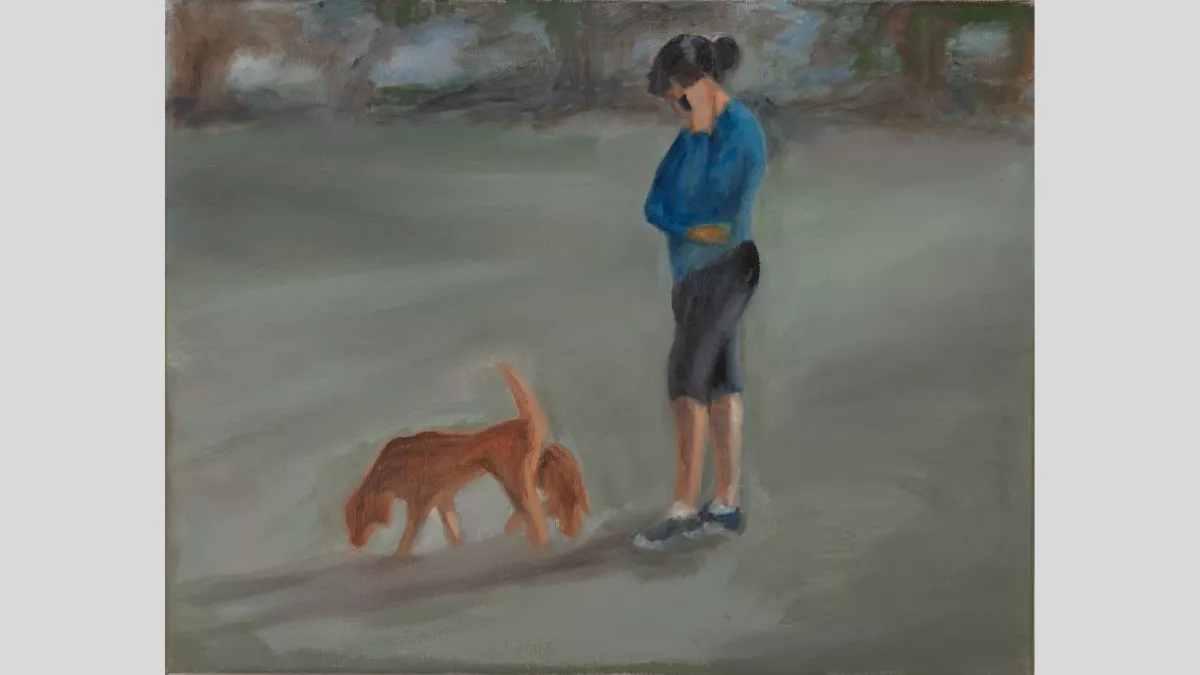

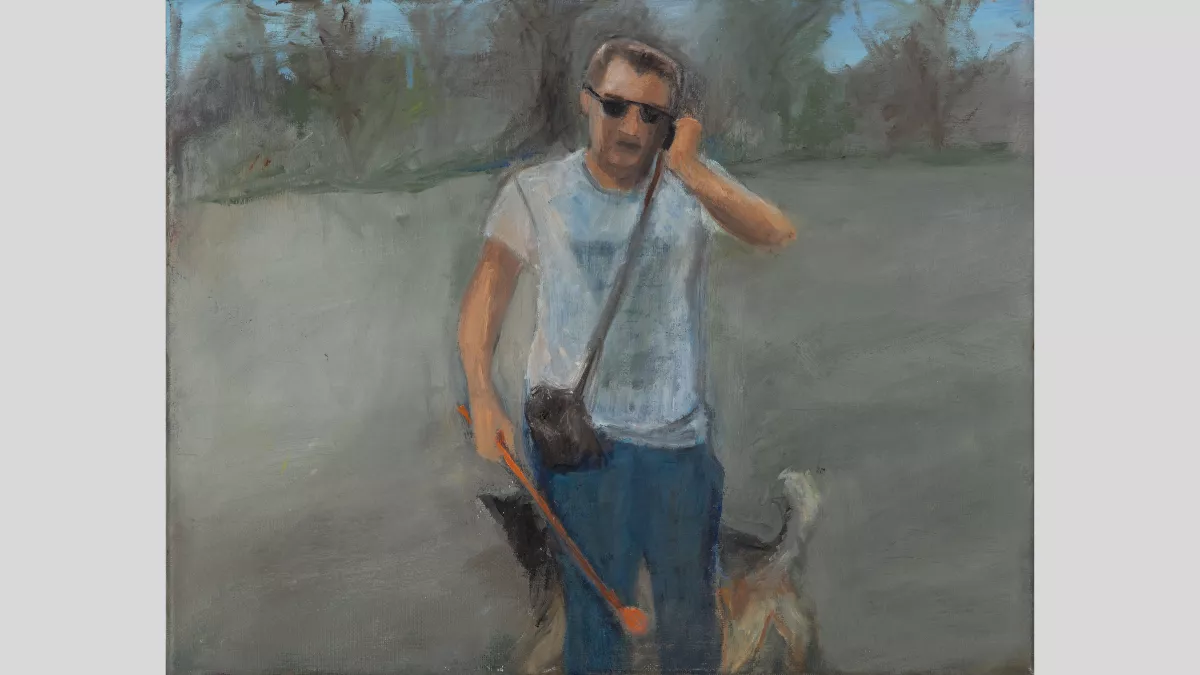
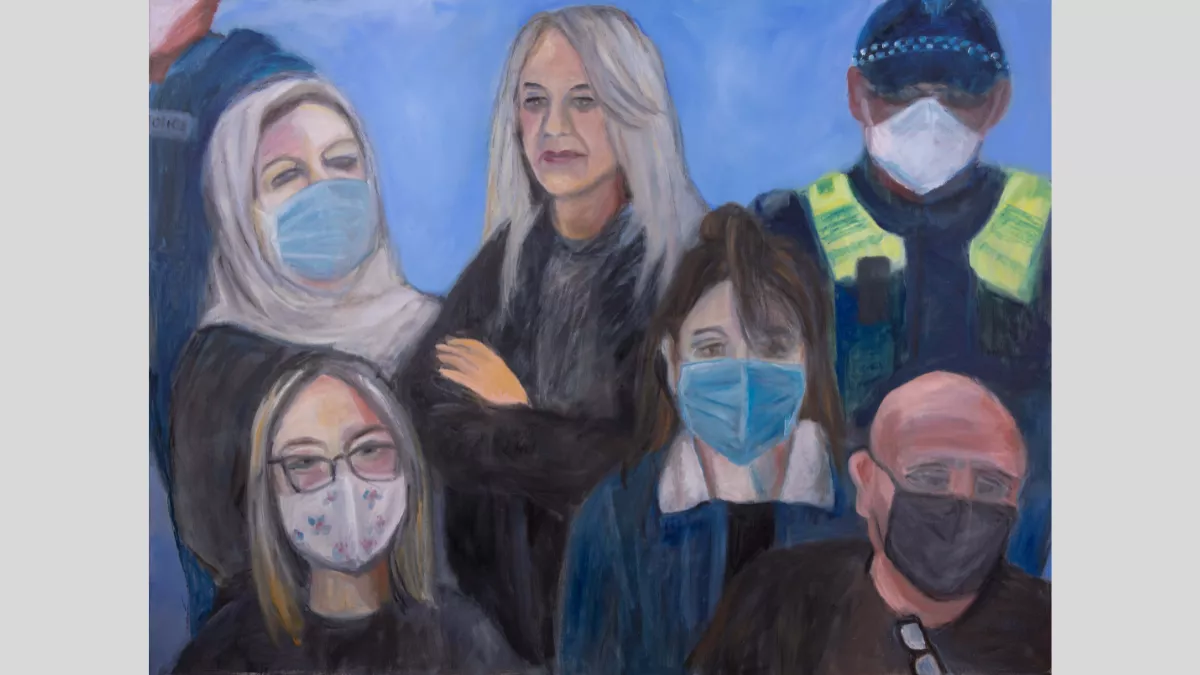
Joy Mackey
Joy Mackey’s paintings combine high-energy words with her love for painting, mark-making and abstraction. Layers of shape, pattern and texture are as important as the layers of meaning. The paintings are built up over time – refining and removing paint, combining intuitive mark-making, drips and scraped areas juxtaposed with flatter areas of colour.
Mackey says, "this process is my way of expressing the current coronavirus situation and wondering whether there might be a higher learning for humanity from this experience. These works are not meant to be clearly deciphered, and allow the viewer to bring their own experience, imagination and history to their interpretation. I aim to uplift the audience through the embedded words resonating at a subconscious level with the viewer."
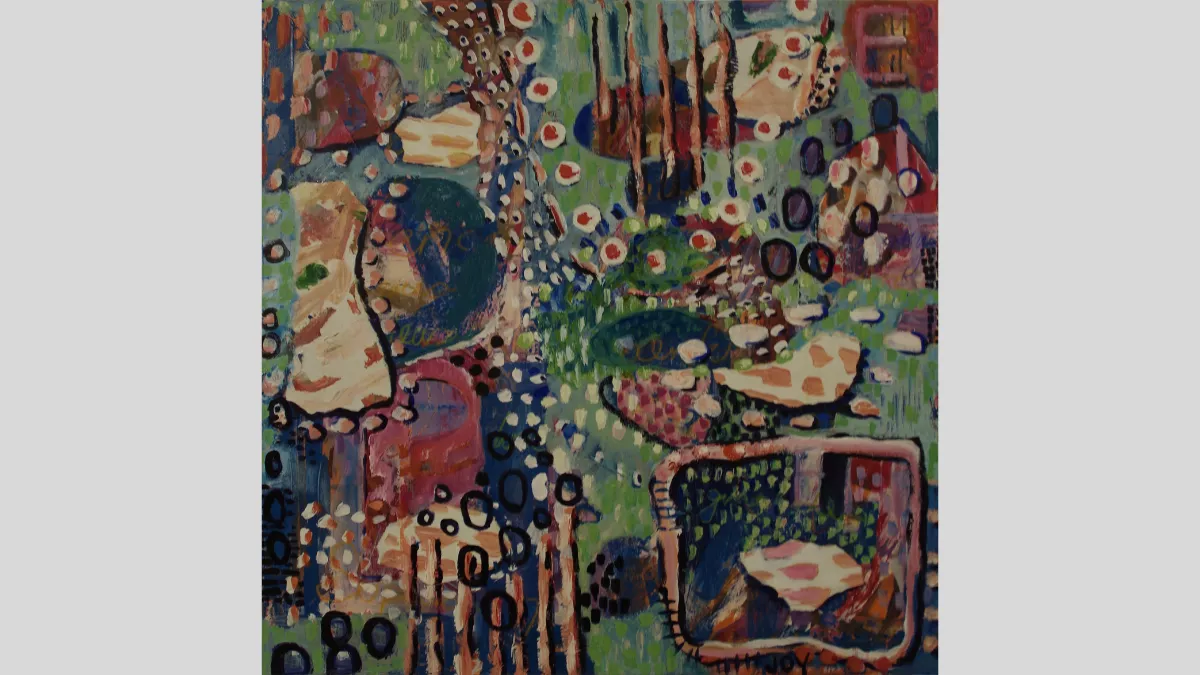
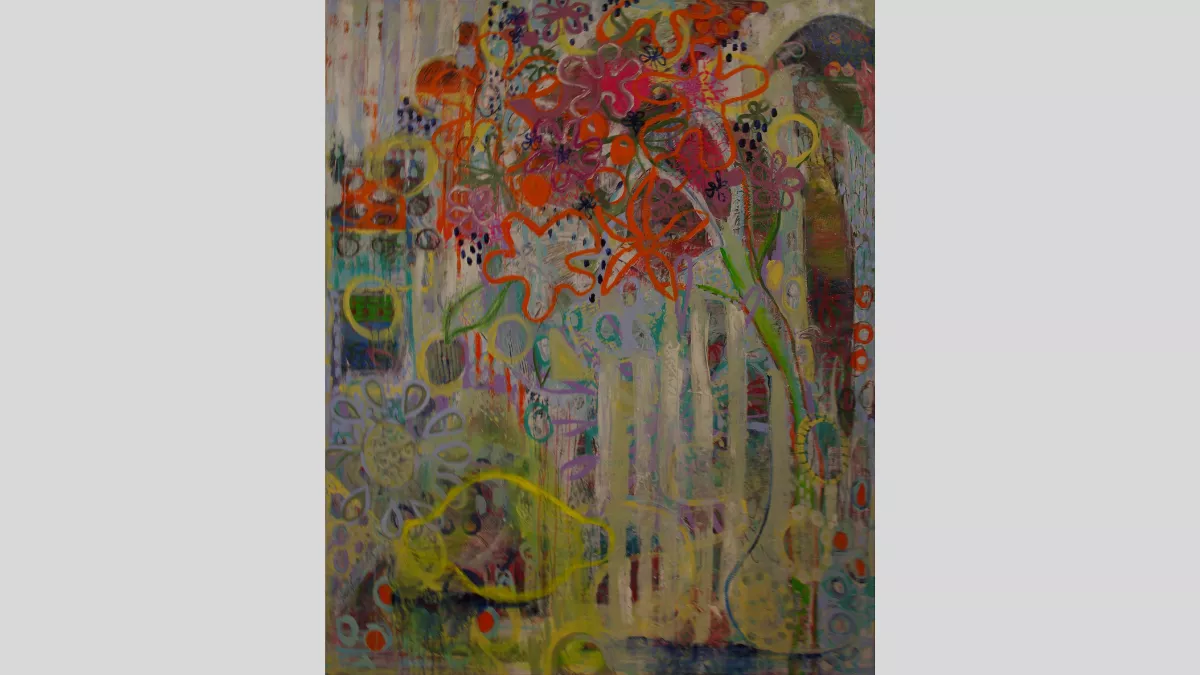

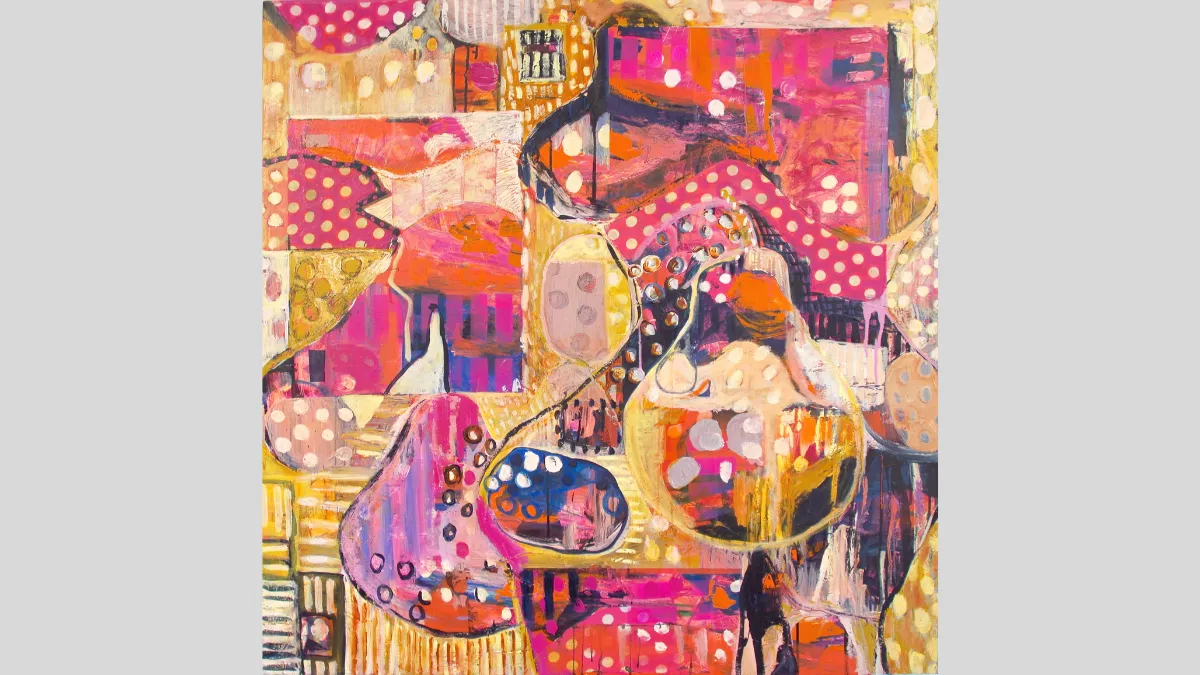
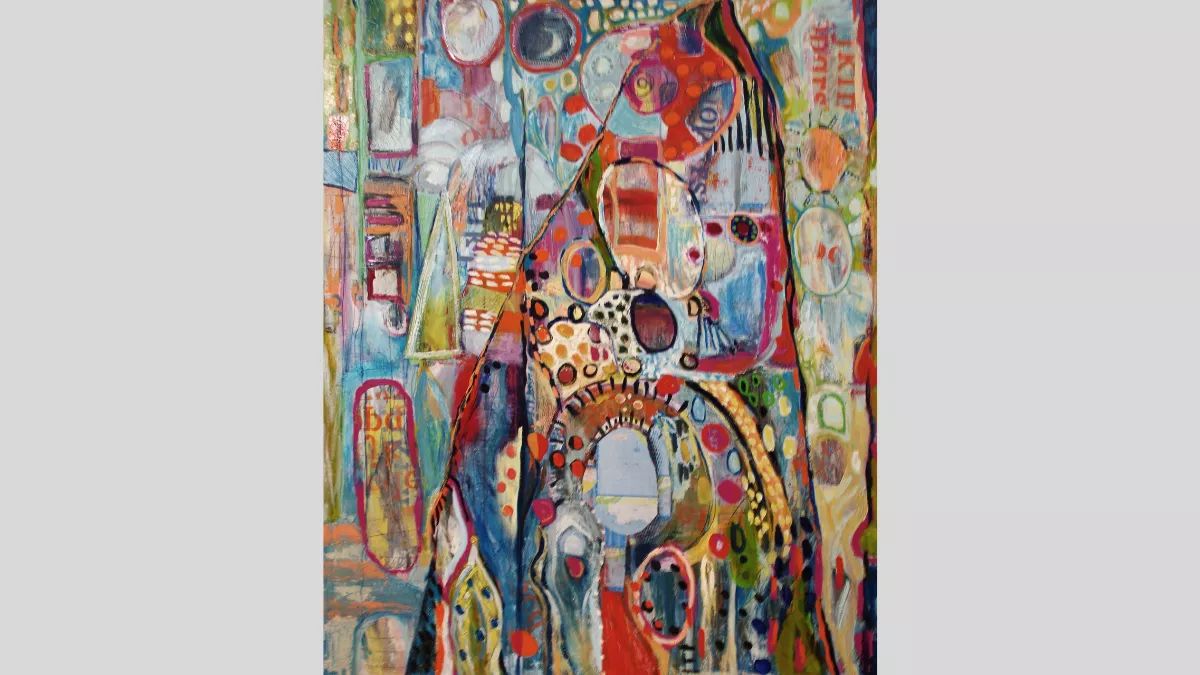
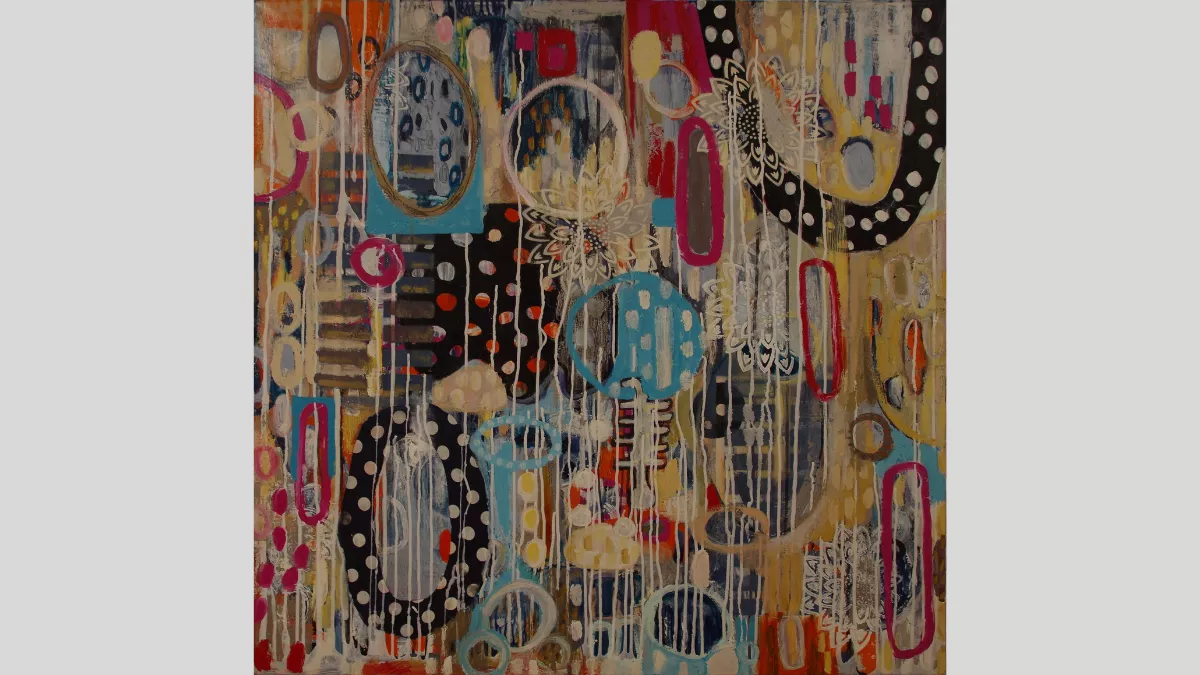
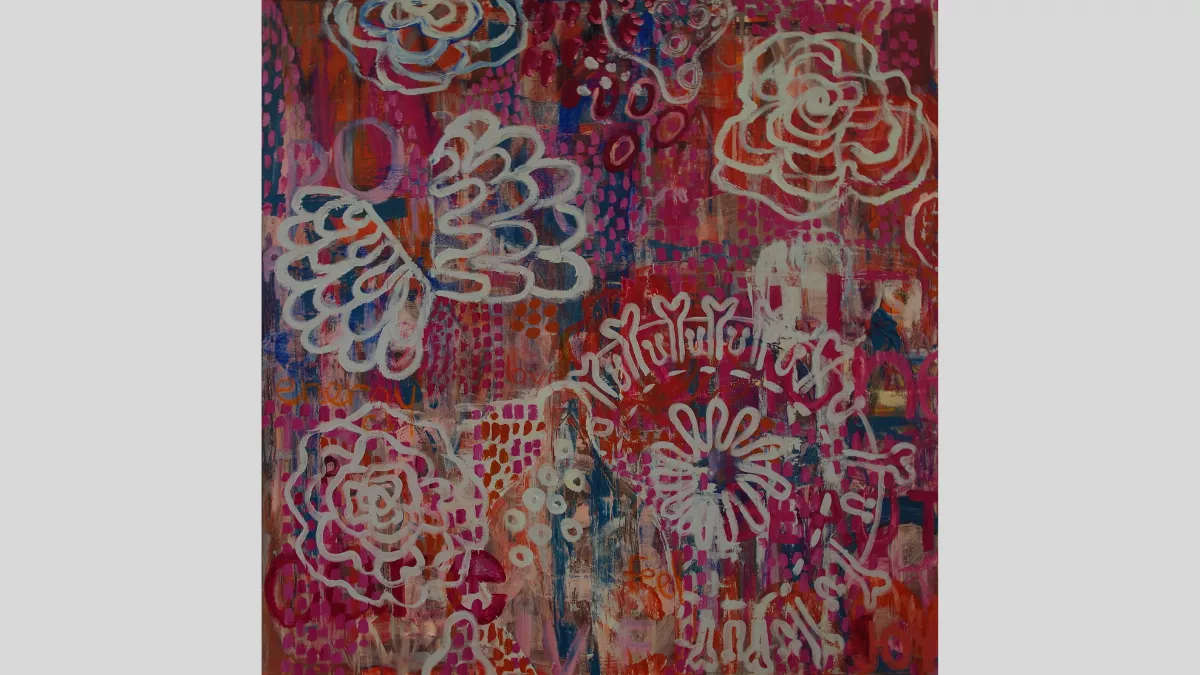
Katherine Oleinikov
What we’ve lost.
In a city as large and diverse as Melbourne, there used to be festivals happening every week. Big and small, these (usually free) community events provided a glimpse into the unique neighbourhoods and people that made this city. Open, colourful and loud, they transformed halls and carparks into the vibrant gatherings and art scenes that Melbourne is so proud of. Although as seemingly insignificant as a local gardening competition or a mass family picnic, there is nothing more joyous or life-giving in a city than these unashamed celebrations of community.
Oleinikov says, "This project was inspired by a Boroondara community group I've been a member of for over 12 years – the Melbourne Scottish Fiddle Club. Being a member of that club made me realise how important community events and festivals are. I was so grateful to have a space where I could perform and talk to people I would have never ordinarily talked to."
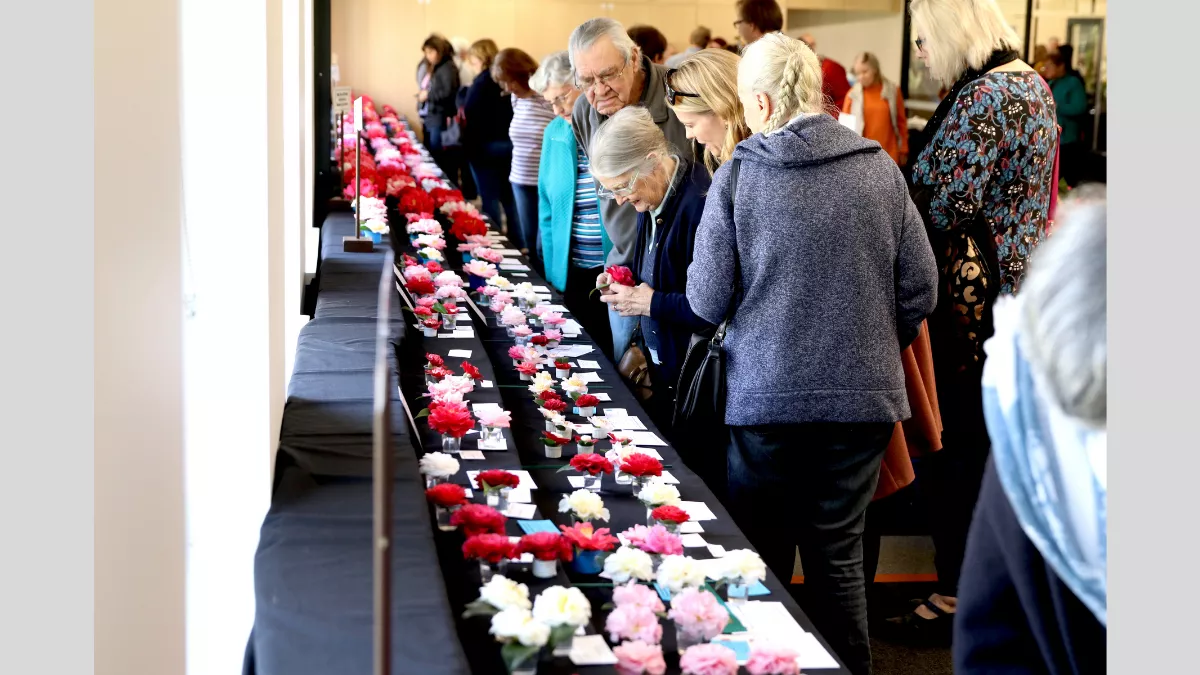
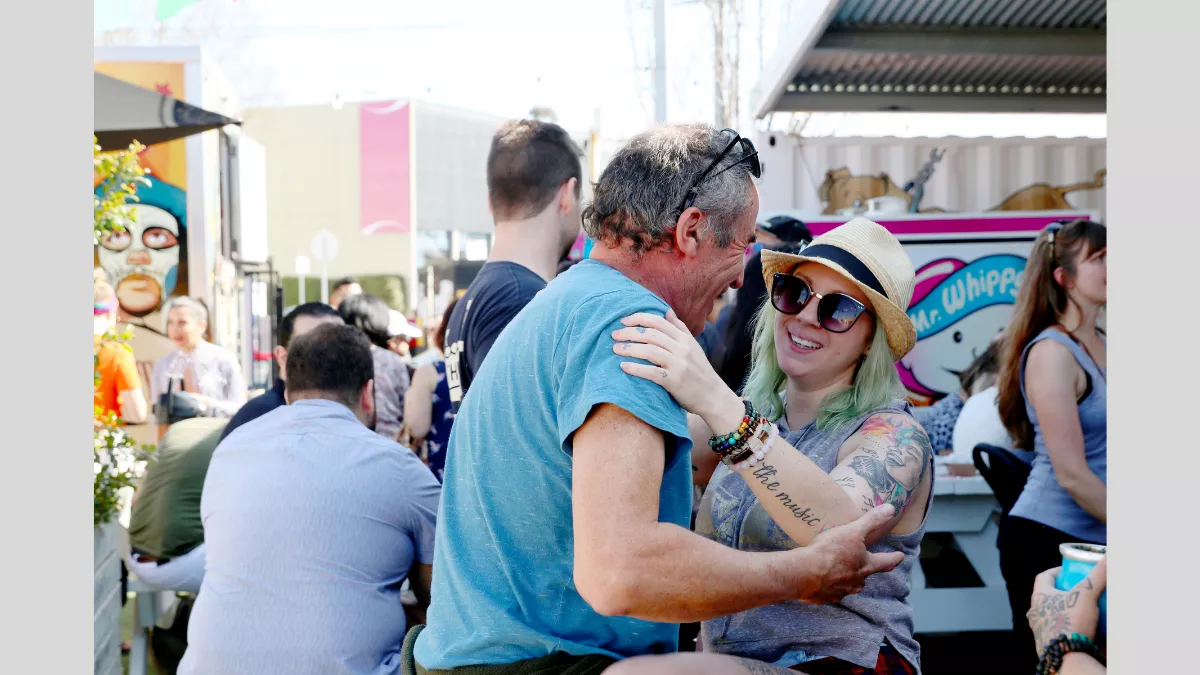

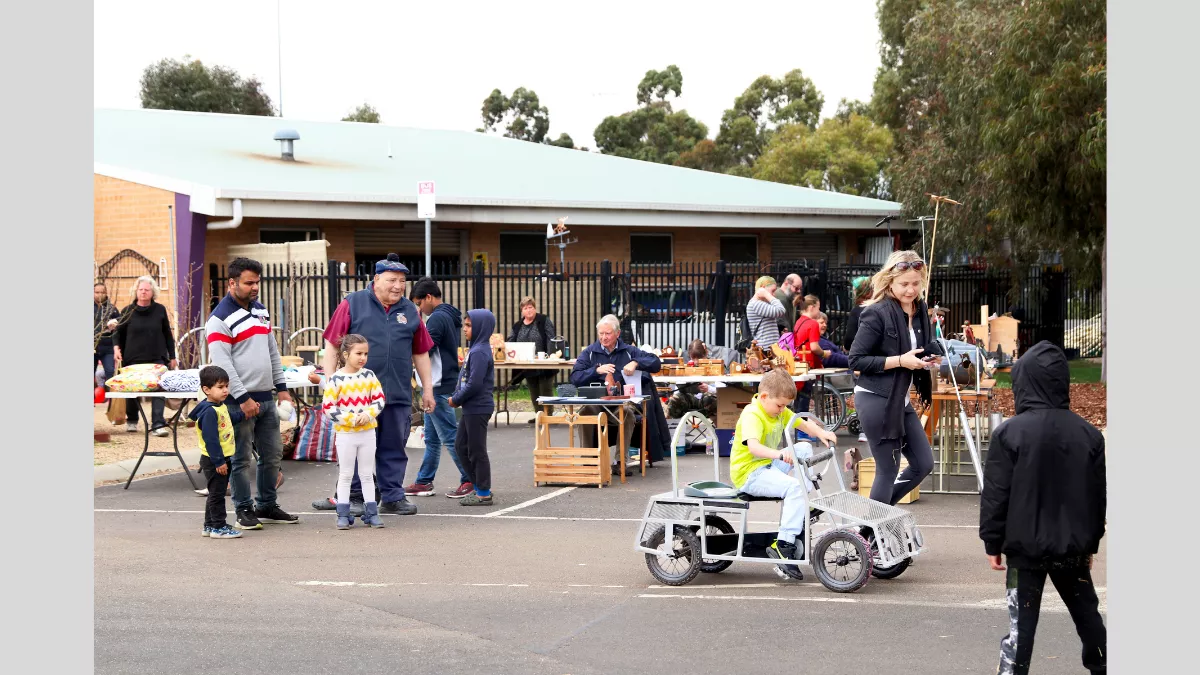


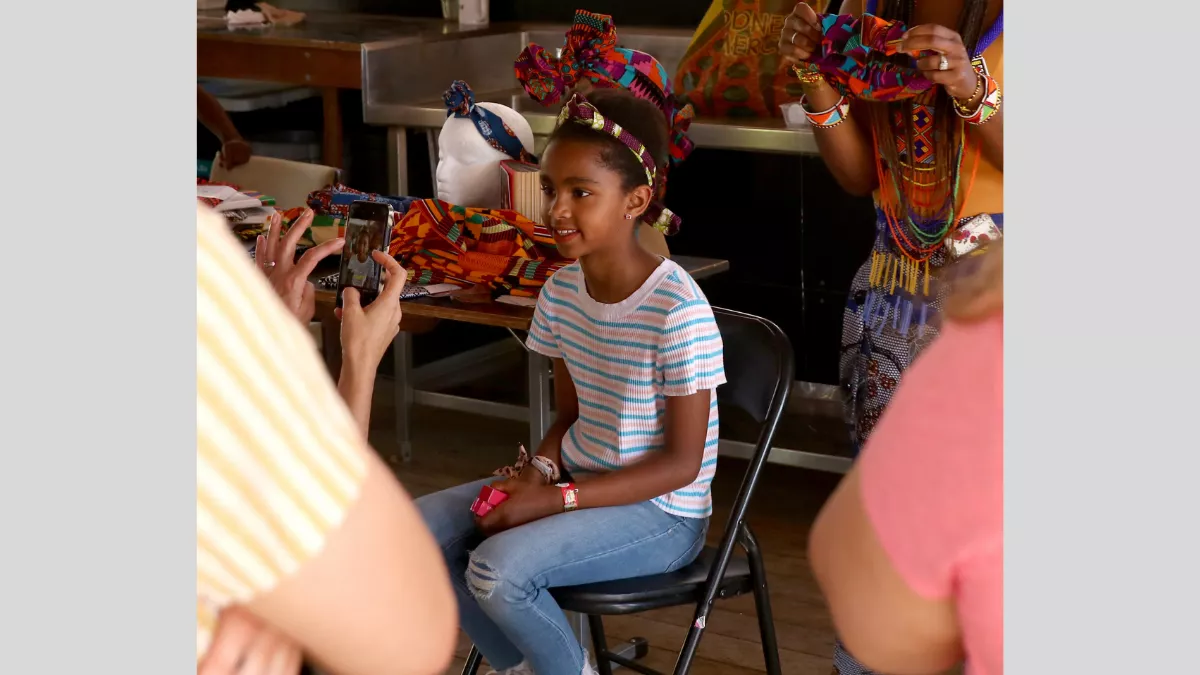
Child pages